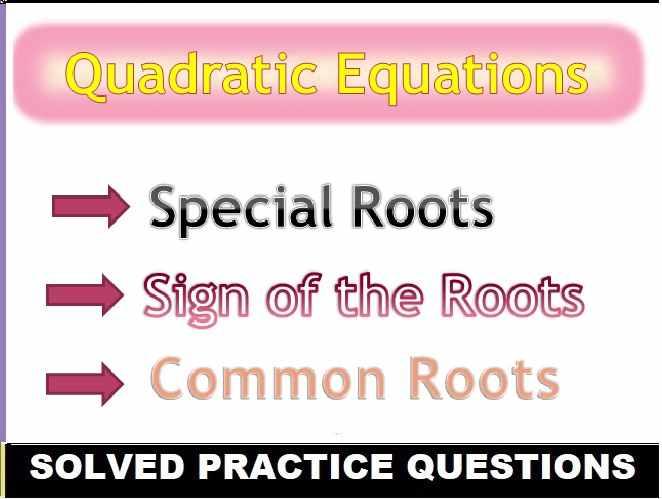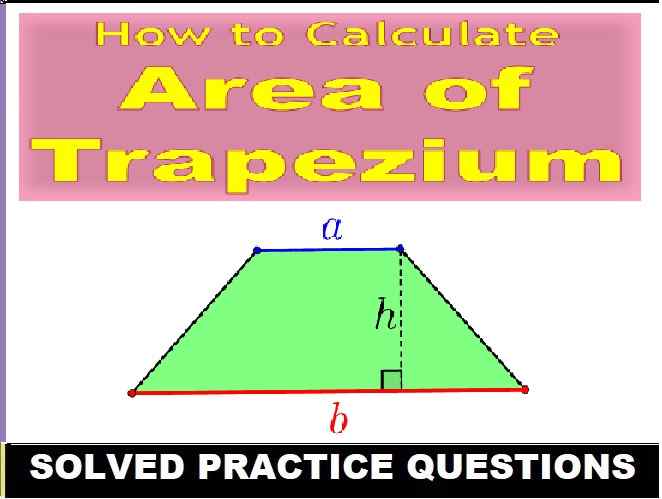Differential Equations ML Aggarwal ISC Class-12 Maths Solutions Ch-9. Step by step Solutions of ML Aggarwal ISC Mathematics Class-12 for Exercise 9.1, Exe 9.2 And Exe 9.3, Exe 9.4, Exe 9.5, Exe 9.6, Exe 9.7, Exe 9.8, With Chapter Test Questions. Visit official Website CISCE for detail information about ISC Board Class-12 Mathematics.

Differential Equations ML Aggarwal ISC Class-12 Maths Solutions Ch-9
| Board | ISC |
| Class | 12 |
| Subject | Mathematics |
| Chapter-9 | Differential Equations |
| Session | 2024-25 |
| Topics | Solutions of ML Aggarwal |
Differential Equations
Order of a Differential Equation: Order of a differential equation is defined as the order of the highest order derivative of the dependent variable with respect to the independent variable involved in the given differential equation.
Note: Order of the differential equation, cannot be more than the number of arbitrary constants in the equation.
Degree of a Differential Equation: The highest exponent of the highest order derivative is called the degree of a differential equation provided exponent of each derivative and the unknown variable appearing in the differential equation is a non-negative integer.
Note
(i) Order and degree (if defined) of a differential equation are always positive integers.
(ii) The differential equation is a polynomial equation in derivatives.
(iii) If the given differential equation is not a polynomial equation in its derivatives, then its degree is not defined.
Formation of a Differential Equation:
To form a differential equation from a given relation, we use the following steps:
- Step I: Write the given equation and see the number of arbitrary constants it has.
- Step II: Differentiate the given equation with respect to the dependent variable n times, where n is the number of arbitrary constants in the given equation.
- Step III: Eliminate all arbitrary constants from the equations formed after differentiating in step (II) and the given equation.
- Step IV: The equation obtained without the arbitrary constants is the required differential equation.
Solution of the Differential Equation
A function of the form y = Φ(x) + C, which satisfies given differential equation, is called the solution of the differential equation.
General solution: The solution which contains as many arbitrary constants as the order of the differential equation, is called the general solution of the differential equation, i.e. if the solution of a differential equation of order n contains n arbitrary constants, then it is the general solution.
Particular solution: A solution obtained by giving particular values to arbitrary constants in the general solution of a differential equation, is called the particular solution.
General and Particular Solution of a Differential Equation-
The solution which contains arbitrary constants is called the general solution of the differential equation.
Whereas the solution free from arbitrary constants obtained from the general solution by giving particular values to the arbitrary constants is called a particular solution of the differential equation.
Formation of a Differential Equation whose General Solution is given
The order of a differential equation representing a family of curves is the same as the number of arbitrary constants present in the equation corresponding to the family of curves.
Methods of Solving First Order, First Degree Differential Equations
There are three methods to solve the first-order, first-degree differential equations. They are:
- Differential equations with variables separable
- Homogeneous differential equations
- Linear differential equations
Exe-9.1
Differential Equations ML Aggarwal ISC Class-12 Maths Solutions Ch-9
Exe-9.2
Differential Equations ISC Class-12 Maths Solutions Ch-9
Exe-9.3
Differential Equations Class-12 Maths Solutions
Exe-9.4
Differential Equations ML Aggarwal ISC Class-12 Maths Solutions Ch-9
Exe-9.5
Differential Equations ML Aggarwal ISC Class-12 Maths Solutions Ch-9
Exe-9.6
Differential Equations ML Aggarwal ISC Class-12 Maths Solutions Ch-9
Exe-9.7
Differential Equations ML Aggarwal ISC Class-12 Maths Solutions Ch-9
Exe-9.8
Differential Equations ML Aggarwal ISC Class-12 Maths Solutions Ch-9
Chapter Test
Differential Equations ML Aggarwal ISC Class-12 Maths Solutions Ch-9
–: Differential Equations ML Aggarwal ISC Class-12 Maths Solutions :–
Return to :- ML Aggarwal ISC Class 12 Maths Vol-2 Solutions
Thanks
Please share with your friends



Why it is not opening…..
visible again in march
Hi, I am a student of grade 12 who’s appearing for boards this year. I’ve been using your website for a while now,but all of a sudden they stopped working. I’m unable to view the exercise answers(maths) which appeared before. kindly do check and rectify the error as soon as possible. it would really help me. thank you:)
upload soon
Please upload solutions again
they are not visible ! please do something
re appear again
this not opening before it was! please help as soon as possible
problem solved